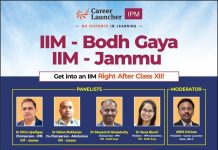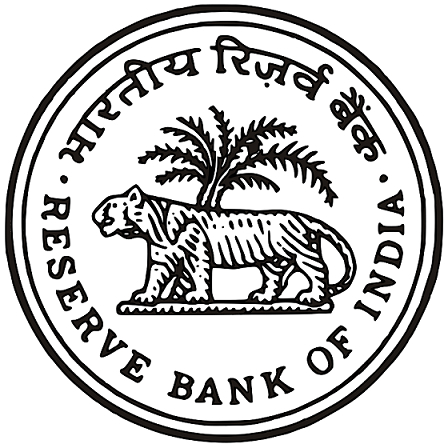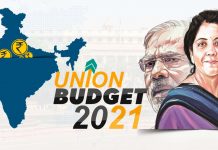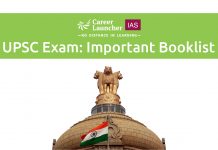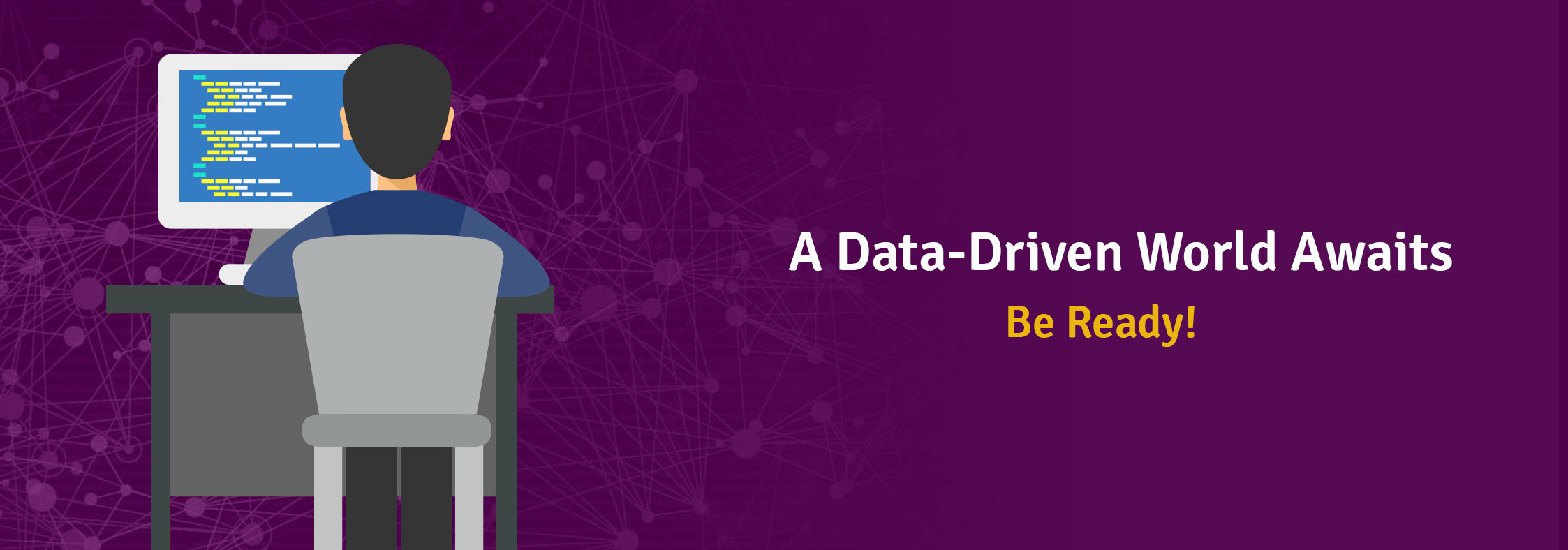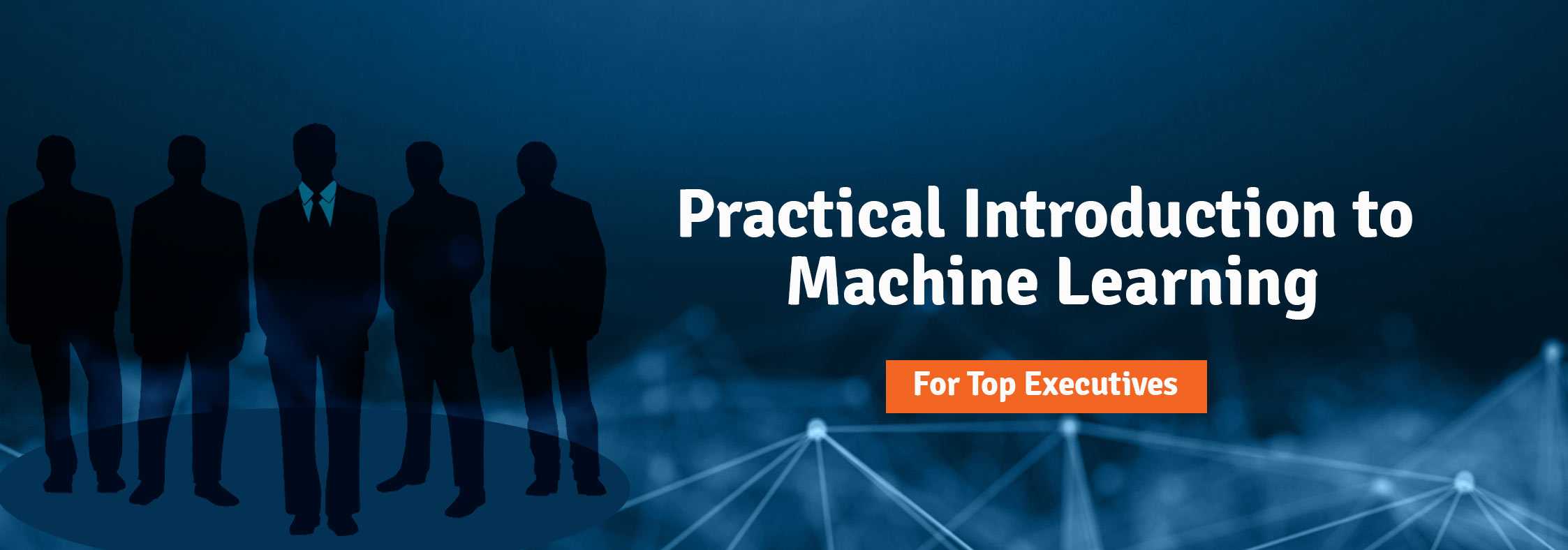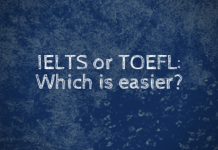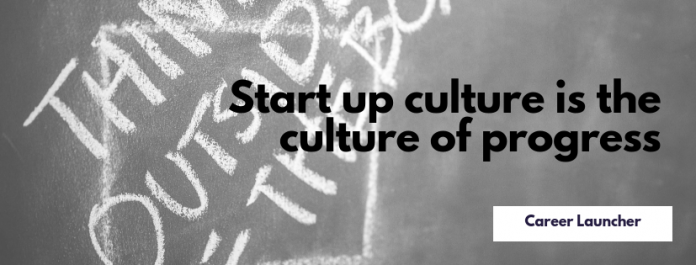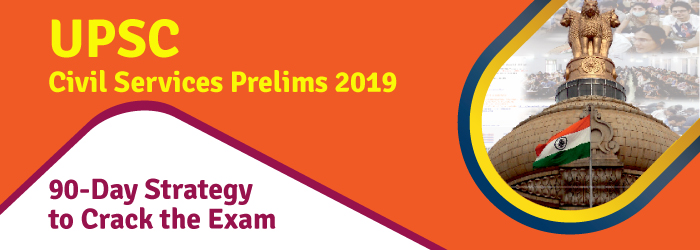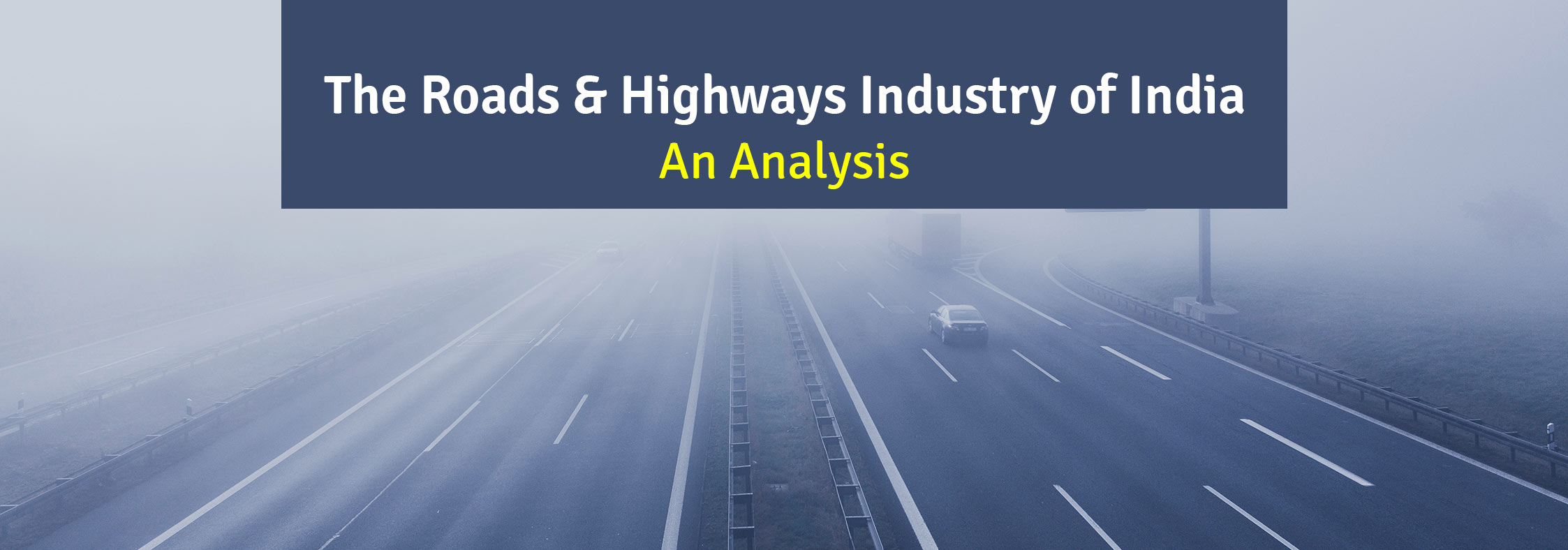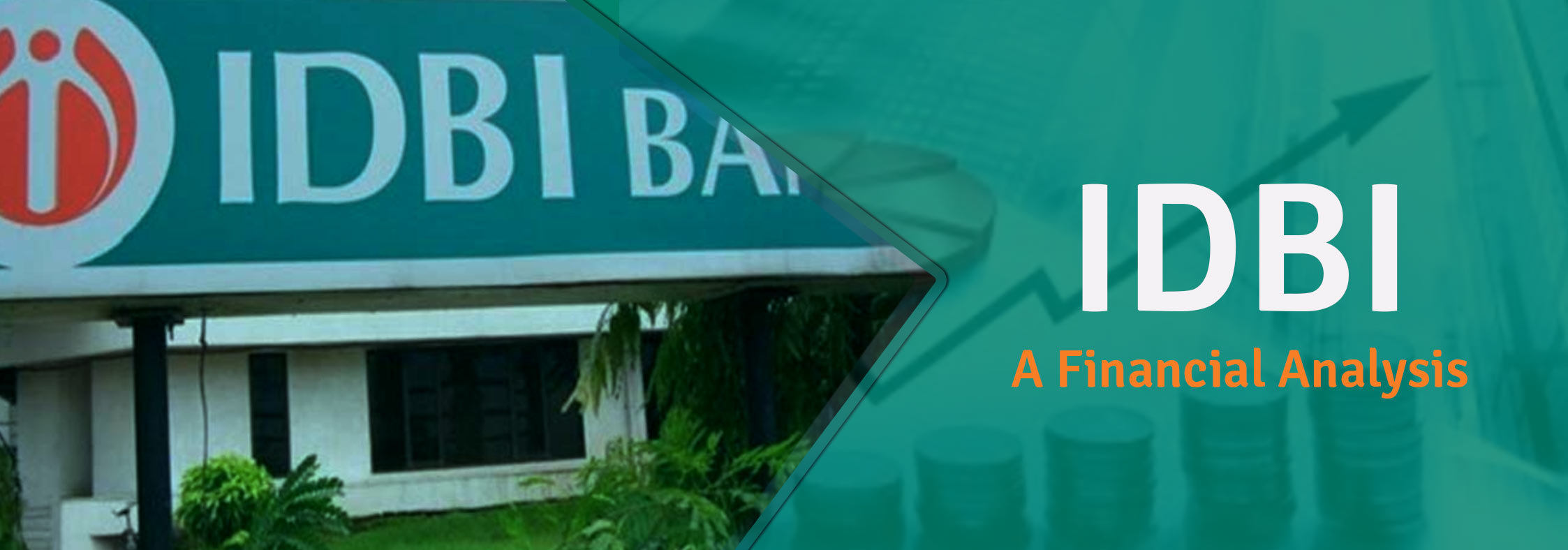The Pulwama incident, where a car bomb struck a convoy of paramilitary forces on February 14, killed at least 40 CRPF jawans. Being the deadliest of such instances in the last 30 years, it is not merely an attack on India’s mainland, but it is also a direct challenge to the government in the form of a return of the Taliban strategy of suicide bombing through vehicle explosion.
According to government officials, the Pakistan based Jaish-e-Mohammed (JeM) has taken responsibility of this attack. Its leader, Masood Azhar,
“… has been given full freedom by the government of Pakistan … to carry
out attacks in India and elsewhere with impunity” declared a statement by India’s Foreign Ministry. Masood has a long history of involvement in terrorism. In 1999, he was freed from an Indian prison, in exchange of civilians taken hostage on board a hijacked Indian Airlines flight.
The suicide bomber has been identified as Adil Ahmad Dar, a resident of Gundibagh village in Pulwama; and a diehard fan of M S Dhoni and the Indian cricket team. Although initial responses in India have focused on grief for the fallen and anger at Pakistan, some have pointed out intelligence lapses, as well as policy choices that have failed to address the underlying problems of Kashmir.
India’s Concern
The Pulwama attack has created a new challenge for India’s security personnel, intelligence agency, and internal security, because the strategy, which was used, is similar to that of the Taliban in Afghanistan.
The episode needs to be viewed from two perspectives: first, internal threat by homegrown terror, and second, external threat by regional forces.
Internal threat from Kashmiri locals is dependent on the government’s own behavior with respect to implementation of its policies. The Central Government has taken several measures towards empowering the youth of the region through education (e.g., IIT-JEE courses), new employment opportunities (under skill development scheme, etc.).
But the results are not very positive. From scholars to school dropouts and technocrats — locals are joining terrorist outfits.
The question is: Why?
We should use a behavioral approach to understand this trend in Kashmir. At a superficial level, the problem appears to be a movement for the freedom of Kashmir. But a more in-depth analysis reveals it to be an ideological war, as well.
The Government needs to adopt an innovative approach to reduce militancy in the ‘minds of the Kashmiri youth’. The Center and the State governments could try to involve the Islamic intelligentsia in policy making, and promote the Sufi ideology against the Wahabi one.
Other aspects are also responsible for the unrest in Kashmir. Unemployed youth are highly vulnerable in terms of radicalization. Political parties appease Kashmiris for their own benefit. Instability in the government (Governor’s Rule) undermines the democratic right of the people, leading to a loss of faith in the constitutional approach.
On the other hand, external threat is linked to recent development in India’s backyard. Pakistan is a key player in the region, when it comes to supporting terrorism. Sponsoring militancy in Kashmir is regarded as a relatively cheap and effective way to create a hurdle, while simultaneously perpetuating instability along the country’s vulnerable southern flank. Pakistan’s ‘assistance’ to Kashmiri local intruders covers the ambit of training and logistical, financial, and doctrinal support. The responsibility for managing these rests on the ISI’s Operations Branch; and tends to be conducted through two sub-divisions: Joint Intelligence Miscellaneous (JIM) and Joint Intelligence North (JIN).
Apart from military backing, Pakistan also plays an important role in financing Kashmiri insurgents. According to India’s Research and Analysis Wing (RAW), the annual ISI expenditure on the main militant organizations is nearly $250 million. These funds cover the salaries for fighters (nearly ₹10,000 a month), support to their families, incentives for high-risk operations, and informers.
Another development is associated with the announcement of US’ withdrawal from Afghanistan. Most of Afghanistan is under control of the Taliban; and the Indian Government supports the Afghan Government and democracy within modern democratic means. Pakistan wants to exploit this situation to destabilize Kashmir with the help of the Afghan-Taliban.
The Pulwama attack is a sign of this engagement.
The Indian Government should think about new alignments in the region; and try to engage different partners like Iran, Russia, China, etc., to control the terrorist outfits.
Toward a Solution
The focus should be on key components to formulate an agreement for implementing the solution in which India and Pakistan stop firing at each other; and let Kashmir be in peace.
First, there needs to be a time-bound engagement on both sides, with multiple stakeholders, including the civilian government, army, intelligence, separatist and civil society; and the focus being resettlement of Kashmiri Pundits in the valley. Second, India needs to address the humanitarian concern in Kashmir by repealing the Armed Forces (Special Powers) Act; and replacing it with a version that recognizes and protects the human rights of innocent Kashmiris. Third, a robust law and order structure and arrangements need to be in place. Personal and religious freedom must be protected in the region. Fourth, investments must be made towards employment for Kashmiri youth. India
and Pakistan need to come up with a plan to invest in Kashmir’s industry, agriculture, and tourism; and make it a Heaven on Earth once again. Fifth, the role of the UN is to be defined in the context of an agreement among India, Pakistan, and the Kashmiri leaders and separatists. India and Pakistan should also demarcate the international boundary, with the help of the UN.
Ultimately, it is the people who make a land heaven. So, the aspiration of the Kashmiris towards peace and prosperity should be respected.
Akshat Dwivedi
IAS Faculty Member, Career Launcher







